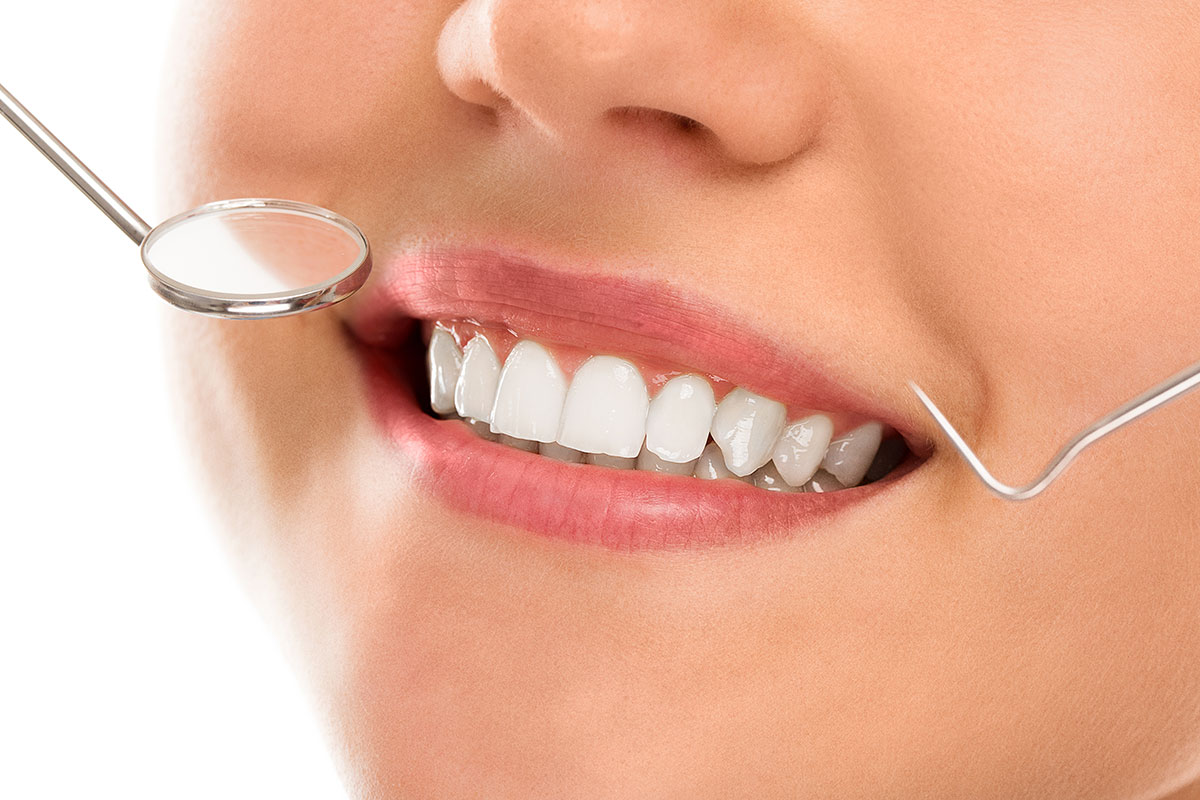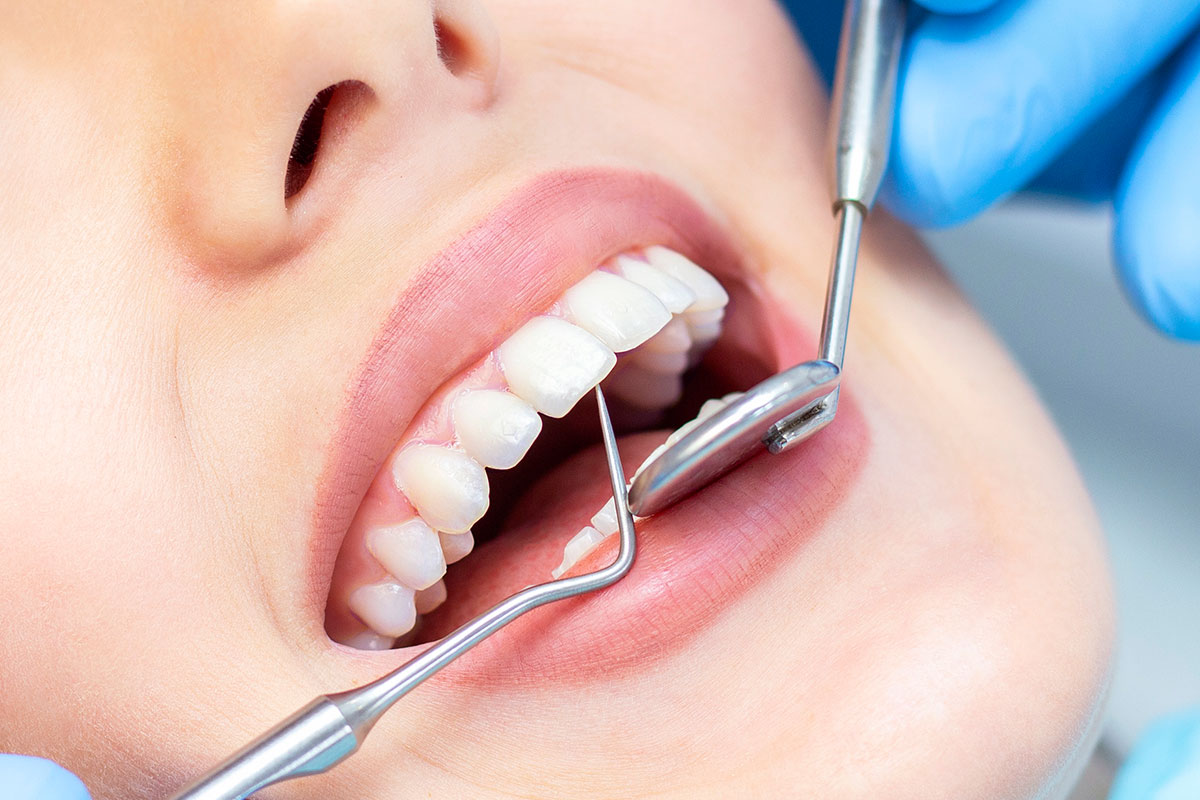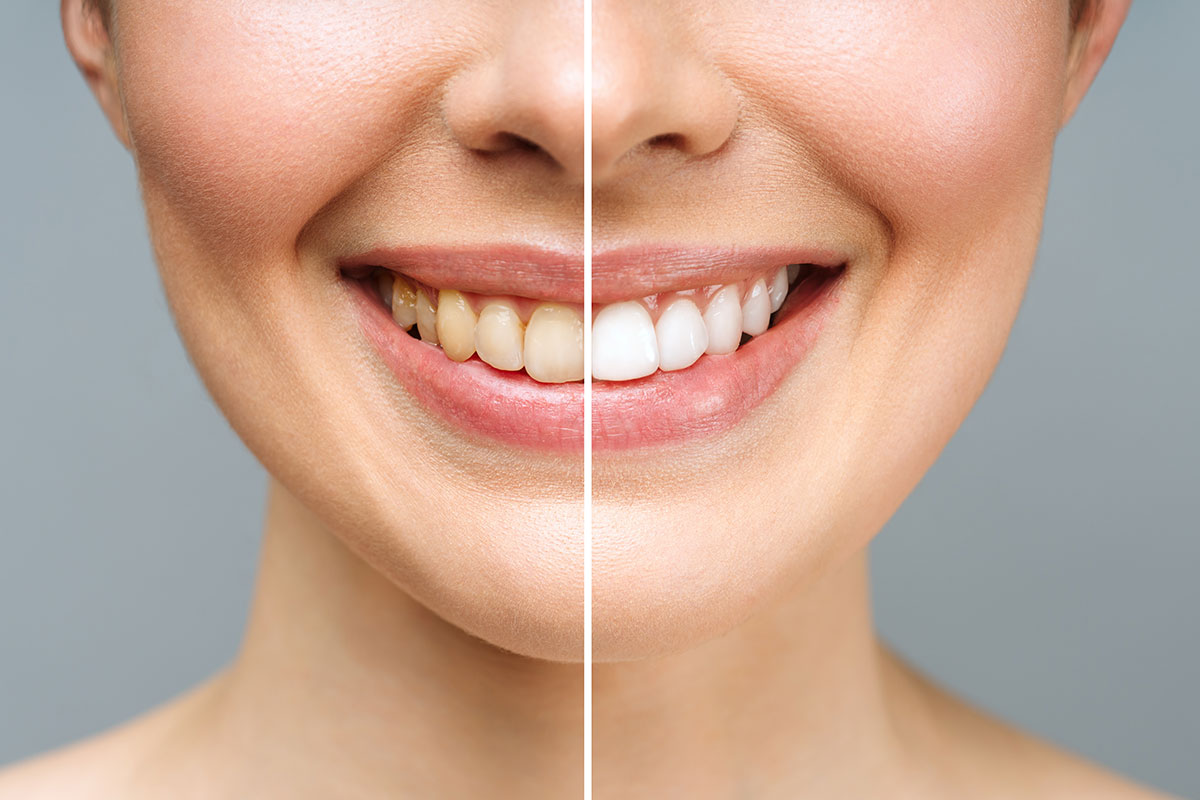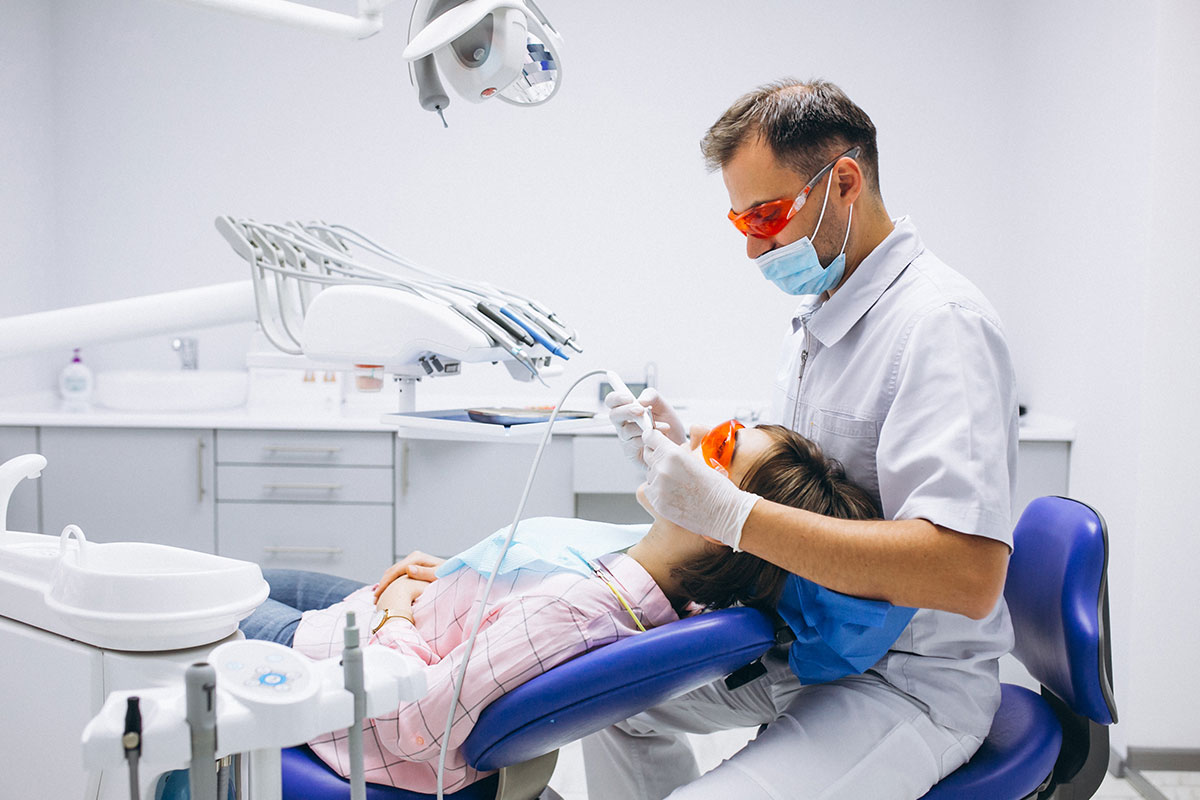DentalEsthetic
Prosthetic Treatments
What is the Purpose of Dental Prosthesis?
In the prosthesis, while trying to regain the lost functions of the patient, it is also aimed to correct the deteriorated speech and to improve the aesthetic appearance.
While the oral health, which is largely lost, is restored with these practices, individuals who have to live with missing or destroyed teeth in the society are also supported psychologically. Because the functions of individuals who have aesthetic problems in their teeth, such as speaking and laughing, are also affected by this disorder. This, in addition to functional disorders, can cause damage to the sense of self-confidence in people.
It is a fact that various prostheses made for these people increase the quality of life.
Partial Removable Prostheses
Partial Removable Prostheses are applied in cases where the abutment load cannot be supported by the teeth, there is a large tooth deficiency or there are missing tooth areas that do not end with the tooth.
They are dental and tissue supported prosthetic applications. For tooth support, the tips called crochet come to the part of the tooth under the convex area close to the gingiva, and retention is provided. The tissue surface on which the prosthesis sits provides tissue support. Thus, the force is distributed to the tooth and tissue.
Precision Retained Dentures
Clasps in removable partial dentures can cause aesthetic discomfort, especially in front teeth. In addition, the force to be applied to the teeth with insufficient gingival health with a crochet may cause the loss of the tooth. In these cases, the force that will come to a single tooth can be distributed by connecting the crowns and teeth to each other. Metal clasps can cause damage and wear to the healthy teeth they surround.
Precision-retained dentures are a type of combined prosthesis in which edentulous cavities are supported by a removable denture, and the shape, color and position defects of the teeth in the mouth are corrected in fixed dentures. The teeth to be used as abutments are prepared. While fixed crowns are being made, ready-made materials called precision retainers are placed on the parts close to the edentulous area. Thus, instead of the non-aesthetic crochet placed on the crown, a retaining system is provided that does not disrupt the aesthetics that are not seen in the mouth.
Fixed Prosthesis
It is a type of prosthesis formed by gluing the structures prepared on the models obtained from the measurements taken after the preparation made on the tooth, adapting to the mouth and sticking it on the tooth in a fixed manner.
Advantages of Fixed Prostheses:
° Prosthesis is hidden because it cannot be removed by the patient.
° They are generally more natural and aesthetic than a removable prosthesis.
° They provide better chewing than removable dentures.
° It does not include prosthetic material that extends behind the palate or under the tongue.
Disadvantages of Fixed Prostheses:
° Bone loss develops in places where natural teeth are lost.
° The healthy adjacent teeth that will support the bridges have to be prepared.
° Potential gum disease increases.
° There may be problems in long-term aesthetics such as gingival recession.
° It is difficult to maintain oral hygiene because of the parts around the bridge where bacteria can collect.
° There is a potential for bad breath.
° There may be caries in the teeth and roots under the bridge.
Total Prosthesis
If there is no tooth to be taken as an abutment in the mouth, force transmission, support and retention are provided by fitting the prosthesis to the tissue surface. Fully tissue supported prosthetic applications are called total prosthesis.
Our Treatments
Ask the Dentist
+90 (0216) 360 34 11
We Call You
Fill in the form below and our specialist doctors will call you and inform you.





